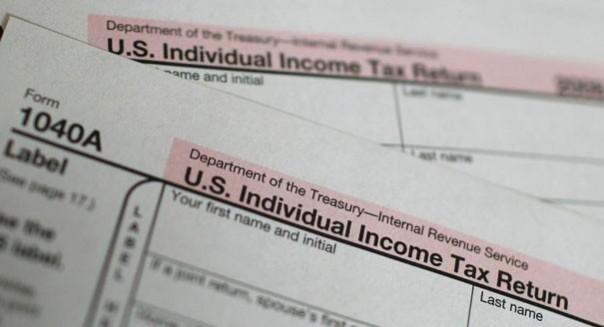
The Internal Revenue Service 2014 tax-filing season is a go, since 31 January. The IRS is now accepting individual returns for processing. Whether as a tax payer you are wrestling with 2013 tax returns or planning to reduce the tax bill for 2014, it is mandatory that the tax filing be without errors.
An error-free submission will save you a lot of IRS grief that in the long run will help you maximize tax breaks for retirement, college or charitable giving. In short, if IRS owes you a refund, it might get delayed due some avoidable mistakes.
Here are 10 tips that will help you in the IRS tax filings:
1. Get IRS iPhone, Android App: The Internal Revenue Service recently unveiled IRS2Go, a smartphone application that lets taxpayers check the status of their tax refund and obtain helpful tax information. The IRS mobile app offers a number of safe and secure ways to help taxpayers, besides giving people a quick way of obtaining easy-to-understand tax tips.
2. Be careful with social security numbers: The IRS primarily operates the tax refund through the details obtained through social security numbers. And if by mistake a taxpayer provides a wrong social security number, the refund will be delayed. In short, the social security number on your tax return file should match with the number on the social security card!
3. Avoid misspellings and wrong names: It is crucial that while filing the returns, one should spell their name correctly, as any misspelling would confuse the IRS. Here also the simple logic is that the number should be the same as it is listed on the social security number.
In case, for example, a taxpayer has changed his name, since filing the last return, the name change should be notified to the Social Security Administration (SSA) and obtain a new social security card before you file your taxes. The SSA will give a new card with update name but the social security number will remain the same.
4 Ensure the numbers add up: A proper tax-filing requires the numbers to add up. Though those filing electronically won't counter this error since the software would do the math. But if you file on paper, ensure that you double-check the numbers.
5. Give correct bank account numbers: All IRS refunds are directly deposited to the tax-payers' bank account. Hence for your own sake, ensure that you give the correct account number.
6. Submit a completed form: An IRS tax filing form, if it is unsigned or incomplete will be invalid. Hence ensure that all blocks are filled and signed. In case with joint return tax accounts, both spouses' signatures are mandatory.
7. Make the right claim: This is where at times the taxpayers get confused and tax filing gets complicated. A mistake can even cost extra taxes or prevent a refund. For example, a 65-year-old tax payer is entitled to a higher returns but if the tax payer has not made the claims, then the deductions will not reflect. It is same in case of charitable deductions.
8. Electronic signature errors: If a tax payer has filed e-returns, then confirmation on the softare is made using a Personal Identification Number (PIN). It is mandatory that the right PIN is used. Further, the IRS software as security measure will ask for the Adjusted Gross Income (AGI) from the return filed for last year.
9. Avoid status errors: A filing status means whether the tax payer is filing the returns as single or jointly with spouse, or married filing separately, head of house and so on. The tax returns and filing status should be filed correctly.
10. Special benefits for military: For those in the US Armed Forces, especially serving in a combat zone, the IRS has chalked out special tax benefits. Also the military or naval personnel on duty outside of the US and Puerto Rico are allowed an automatic two-month extension till the 16 June.














